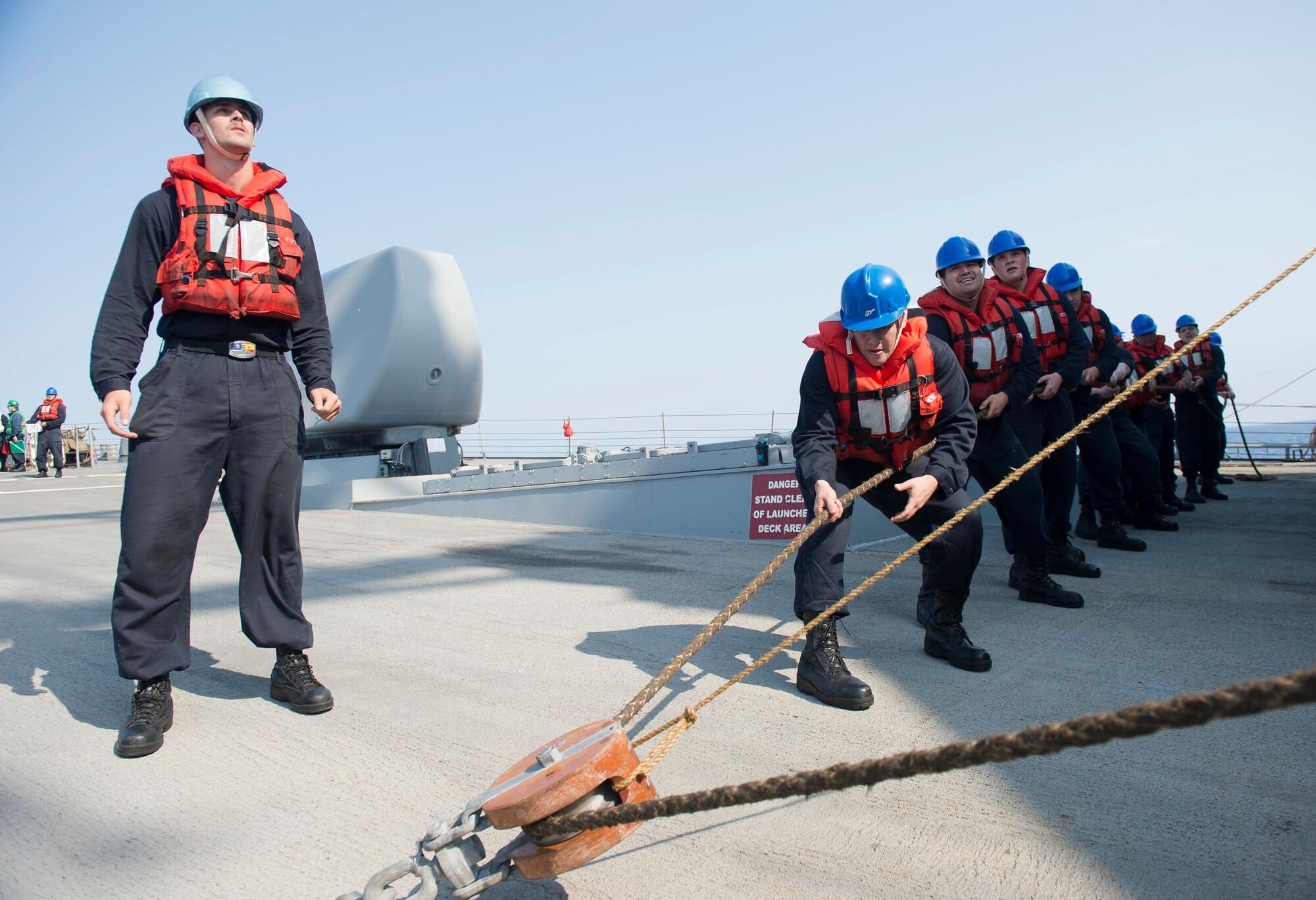Navy officials want sailors to test drive the service’s future performance evaluation system by going online and grading themselves, using the new counseling tool on the My Navy Portal website.
It’s all part of helping the Navy better measure the performance of sailors to determine who advances, what jobs they get and how much their merit-based bonuses might be. The service also wants to create a culture of constant coaching and counseling throughout the fleet and the new system is one way to overcome traditional barriers, according to the service’s top uniformed personnel officer.
“We must improve feedback to maximize individual and unit performance,” Vice Adm. Bob Burke, the Navy’s chief of naval personnel, wrote in a November message encouraging sailors to try the new system, even if they’re not one of the official guinea pigs.
RELATED

The Navy’s current fitness report and evaluation system mandates midterm counseling of sailors, but critics have complained that its effectiveness varies throughout the fleet.
That’s a key reason why Burke directed Rear Adm. Jeff Hughes, who helms the Tennessee-based Navy Personnel Command, to test and field a new evaluation and counseling system, one that sailors and their leaders can access from work or personal computers, tablets and smartphones using tools already found in the private sector.
“This process and tool will better enable coaching sessions, which just aren’t occurring across the fleet today like they should,” Hughes said in a Dec. 12 press release.
“We need to provide more candid and meaningful feedback to each other. Sailors are telling us this is important to them. We need to enhance the process and use modern tools to best accomplish this,” Hughes added.
Burke told Navy Times that the new evaluation’s effectiveness and accuracy will only work if the service’s culture evolves to provide constant feedback, incorporating coaching and counseling into the system. He said that focus groups consistently expressed the need for candid and actionable feedback on their job performance long before evaluations are written.
Hughes hopes that’s what will be be delivered online. The latest tool was tested last month by 10,000 sailors from 140 active-duty and reserve component commands, he said.
The portion that’s open now to all sailors involves self-assessment. Once sailors grade themselves, the feedback process can begin, soliciting comments from subordinates, peers and supervisors.
The goal is to present statements about a sailor on the screen that a rater can answer in 15 seconds or less. The system creates reports that go to both sailors and their supervisors, charting how they can improve their performance.
Officials want a system that emphasizes performance and merit over seniority and tenure. One reform is to scrap the “forced distribution” model used today that ranks sailors against peers within a command. Instead, the new system promises to gauge sailors against a standard across the Navy for their ratings and pay grades.
“We will deliver the coaching portion of the new system in mid-2019 and the evaluation portion soon after,” Burke wrote in his directive. “The plan is to introduce this new design concept across the entire fleet through the coaching phase while still using the current Fitness Report and Evaluation System before we transition to the new evaluation process."
Mark D. Faram is a former reporter for Navy Times. He was a senior writer covering personnel, cultural and historical issues. A nine-year active duty Navy veteran, Faram served from 1978 to 1987 as a Navy Diver and photographer.



